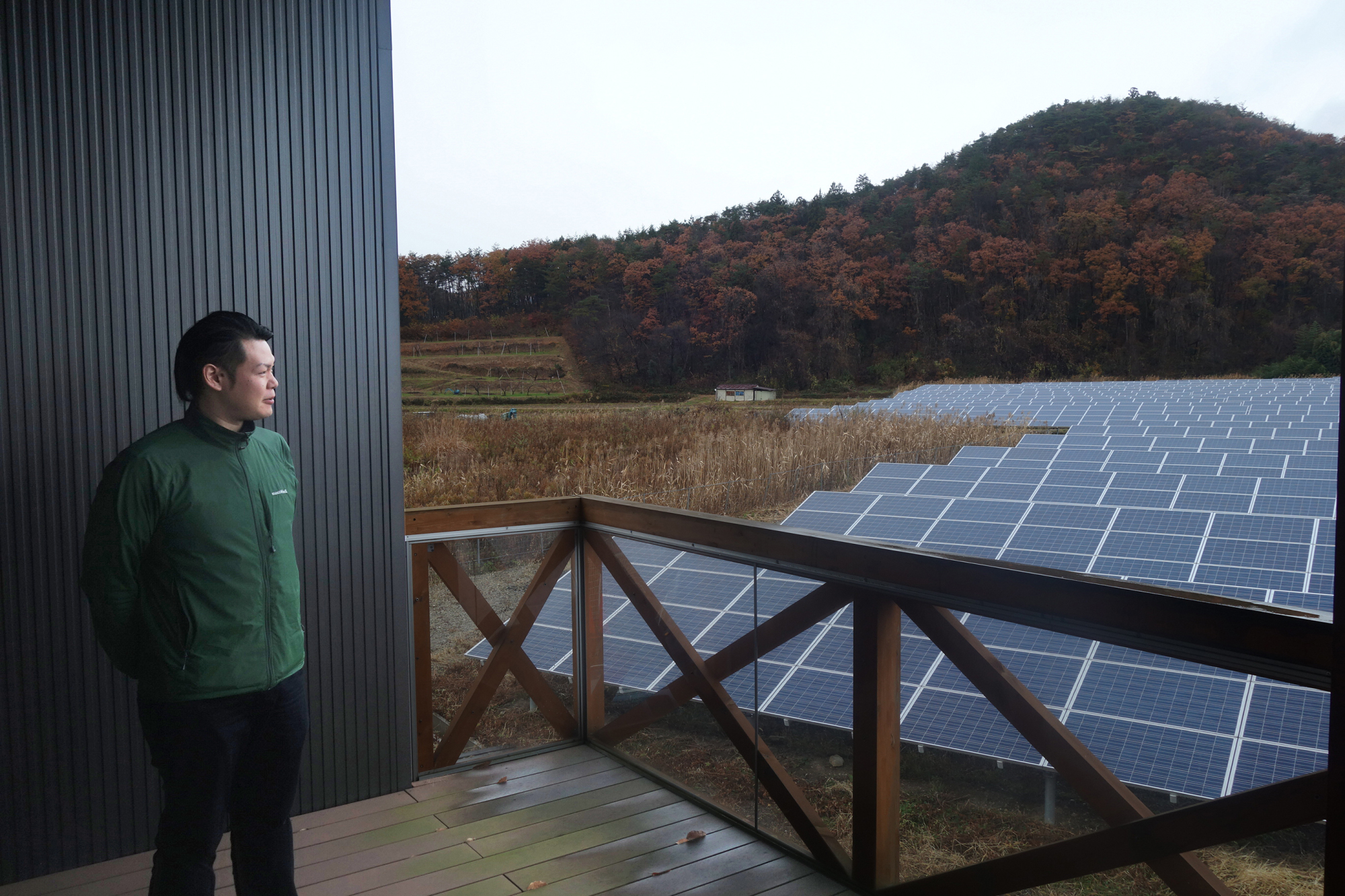Sitting silently among the rolling pastures, rice paddies and lush forests of the idyllic village of Otama are rows upon rows of photovoltaic solar panels — vast swaths of dark gray injecting dissonance into the postcard-like landscape local residents pride themselves on.
These solar farms began sprouting in the aftermath of the powerful March 11, 2011, earthquake and tsunami that triggered meltdowns at the Fukushima No. 1 nuclear power plant located some 60 kilometers east of Otama, a rural community of 8,700 and member of a nonprofit association called The Most Beautiful Villages of Japan.
Along with evacuees and radiation decontamination workers came developers lured by the feed-in tariff system the government issued to promote renewable energy, a measure aimed at reducing dependence on nuclear power and a sign of how the historic disaster began shifting the fundamental direction of Japan's energy policy.



